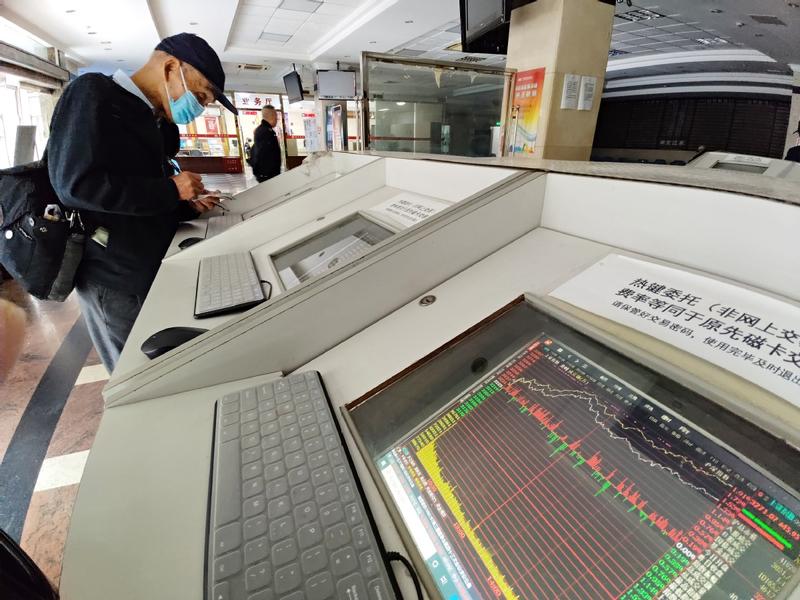 In this undated file photo, an investor checks stock prices at a securities brokerage in Nanjing, Jiangsu province. (PHOTO BY JIANG NING / FOR CHINA DAILY)
In this undated file photo, an investor checks stock prices at a securities brokerage in Nanjing, Jiangsu province. (PHOTO BY JIANG NING / FOR CHINA DAILY)
The merger of the main and small and medium-sized enterprise (SME) boards at the Shenzhen Stock Exchange will enable companies to better leverage the capital market for growth and improve the overall efficiency, said experts.
The China Securities Regulatory Commission (CSRC) had on Feb 5 given the green light to the Shenzhen bourse's request to merge the main board and the SME board to optimize the structure of the SSE's equity market.
Following the merger on Tuesday, the operating mode for supervision and business rules for the two boards were unified. The listing requirements, investment threshold and trading mechanism remain unchanged, while stock codes and abbreviations have been merged, said Pi Liuyi, deputy director of the CSRC's department of market supervision.
Chen Mengjie, chief strategist at Yuekai Securities, said that deepened reform and innovation are required so that the capital market can better facilitate the country's economic growth restructuring and that the recent merger can thus better define the positioning of the two boards and provide better financial support to small and medium-sized enterprises
According to Pi, the merger will help to form a pattern whereby the main board and the technology-heavy ChiNext at the Shenzhen bourse focus on different industries while complementing each other. Therefore, the boards can better meet the financing needs of enterprises at different development stages, he said.
The benchmark Shenzhen Component Index dropped 0.28 percent to close at 14083.34 points on Tuesday while the Shanghai Composite Index shed 0.04 percent to 3482.97 points.
The SME board was launched in 2004 for the purpose of financing small and medium-sized enterprises, promoting innovation, advancing industrial transformation and improving industrial competitiveness. By April 2, about 1,004 companies had been listed on the SME board with a total market value of 13.38 trillion yuan (US$2.04 trillion).
ALSO READ: Experts: SZ exchange merger to energize capital market
Among the companies listed on the SME board, 17 have seen their market value exceed 100 billion yuan, including artificial intelligence company iFlytek, electric carmaker BYD and SF Holding. Video security firm Hikvision was the largest SME board listed company with a market value of 527.9 billion yuan based on Monday data.
On the other hand, there were 468 companies listed on the main board at the Shenzhen exchange, with the total market value reaching 9.82 trillion yuan.
Chen Mengjie, chief strategist at Yuekai Securities, said that deepened reform and innovation are required so that the capital market can better facilitate the country's economic growth restructuring. The recent merger can thus better define the positioning of the two boards and provide better financial support to SMEs, she said.
In terms of overall gross profit margin, net profit margin, operating profit and growth rate of revenue, the SME board is comparable to the main board, said Sun Jinju, director of the research institute of Kaiyuan Securities.
READ MORE: Shenzhen Stock Exchange holds seminar to discuss vital industry issues
Yang Delong, executive general manager of Shenzhen-based First Seafront Fund, said that listing rules have not changed after the merger and no listing channel has been added. Therefore, the IPO schedule at the Shenzhen bourse will not be affected and the market will not expand at a faster pace. The merger will thus have little impact on the stock market in general. The liquidity and evaluation of companies listed on the two boards will not be much influenced either, he said.


